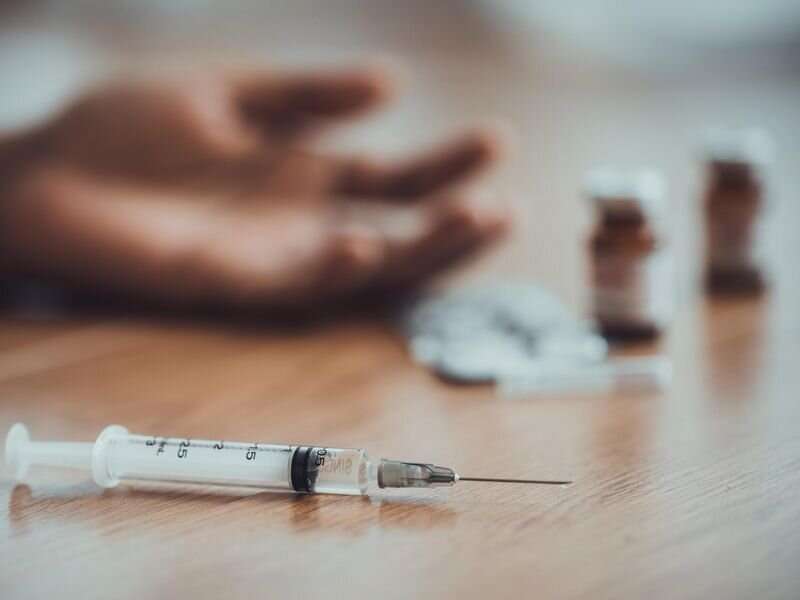
Schools should stock the opioid overdose antidote naloxone and train staff and students how to respond to an overdose, experts say after the apparent fentanyl overdose death of seventh grader at a school in Hartford, Conn.
“Naloxone should be available in all schools, and there should be education on signs and symptoms of overdose and how to use this,” Dr. Craig Allen, vice president of addiction services for Hartford HealthCare’s Behavioral Health Network, told the Associated Press. “Unfortunately, a horrible incident like this happens and suddenly everyone’s vision is 20/20.”
The 13-year-old student was hospitalized Jan. 13 after falling ill at a Hartford school where no naloxone was available. Since the student was so young, an opioid overdose did not come to mind when the school nurse and first responders, who did have naloxone, treated him, said Hartford Mayor Luke Bronin.
In response to the incident, city officials pledged to ensure that all city schools are stocked with naloxone (Narcan) as part of an overall drug use and overdose prevention program that would also include educating staff, students and community members in substance use awareness and prevention, the AP reported.
Fentanyl has been showing up in marijuana, illicit pills and other substances accessible to school-age children, experts told the AP. Fatal overdoses in this country are at record levels, fueled by fentanyl, and have been increasing among younger people, national data shows.
Since 2015, the National Association of School Nurses has urged that naloxone be in all schools and for school nurses to help improve community awareness about the signs and symptoms of substance abuse.
“It’s a very unfortunate outcome,” association president Linda Mendonca told the AP about the Hartford student’s death. “It brings us back to school preparedness and response plans. Having those in place is really critical.”
The association offers school nurses a “tool kit” with information on administering naloxone, which can be given as a nasal spray or an injection, and educating the community about opioid abuse. The group noted that the kit has been downloaded from its website more than 49,000 times.
HealthDay

